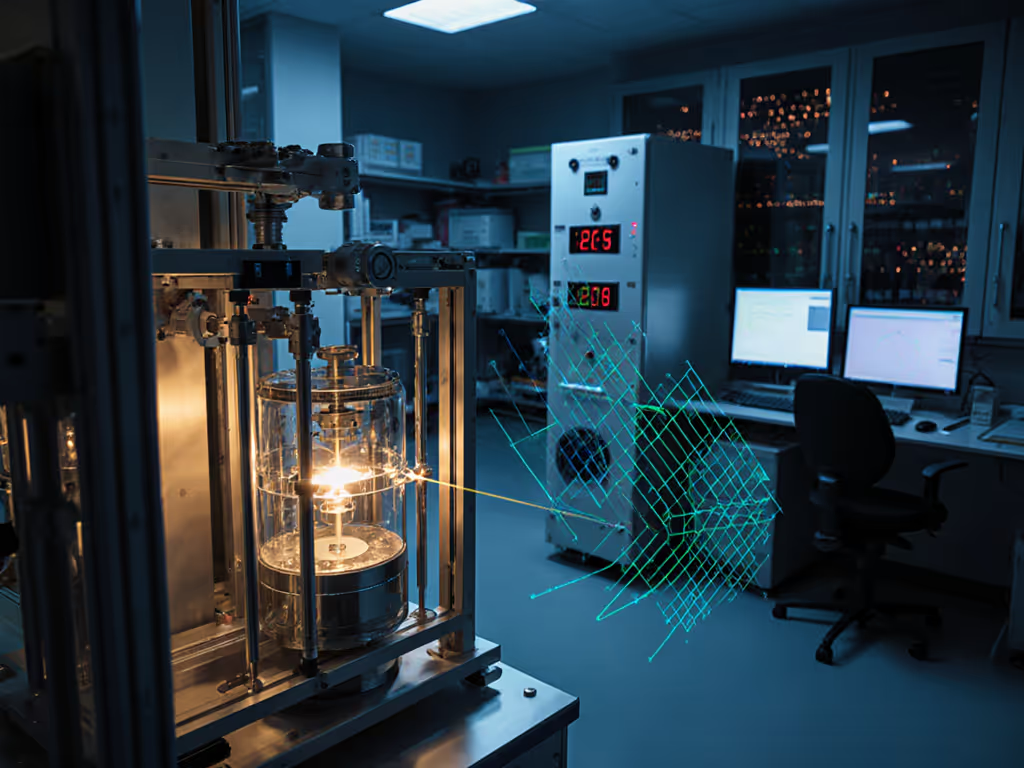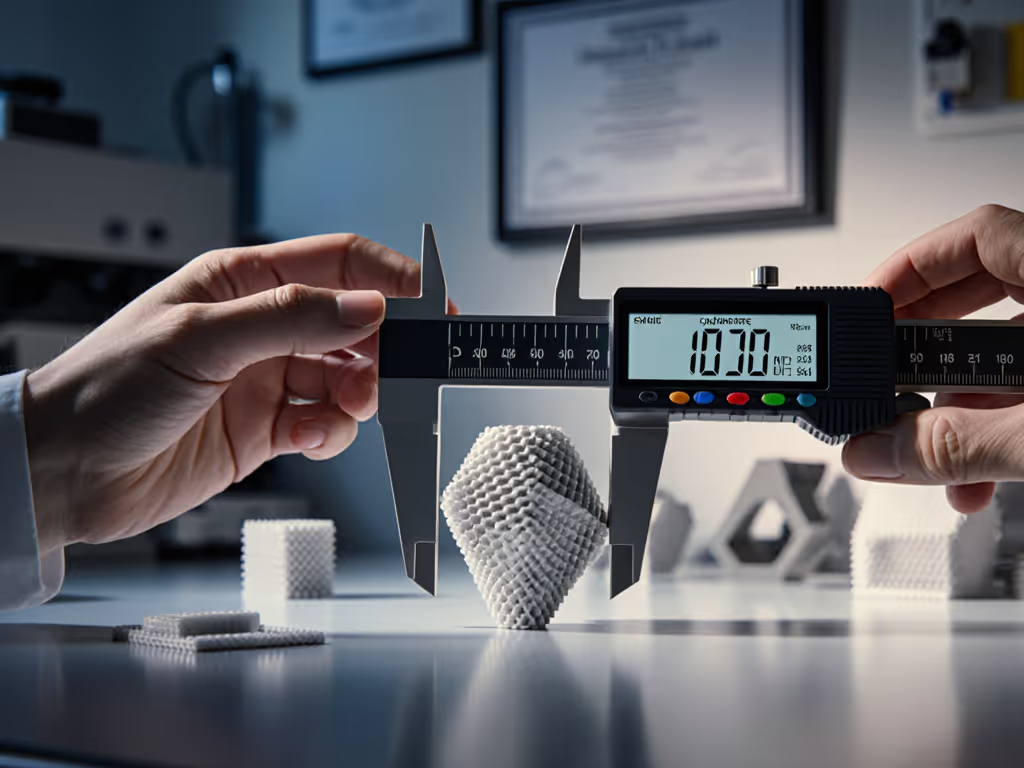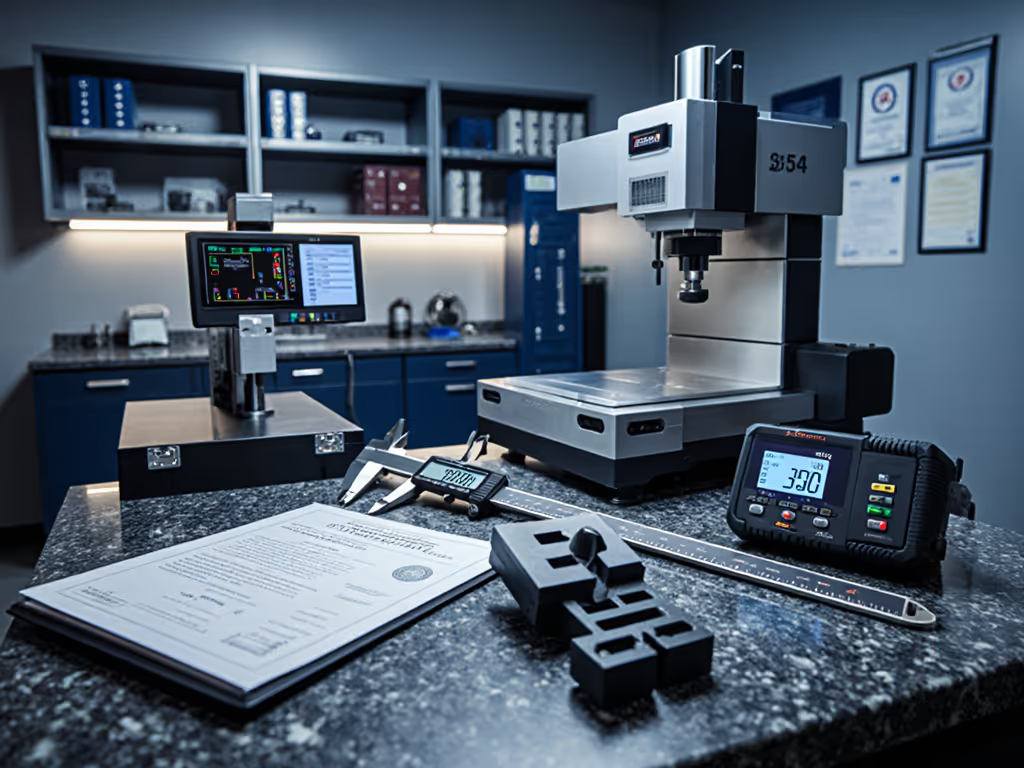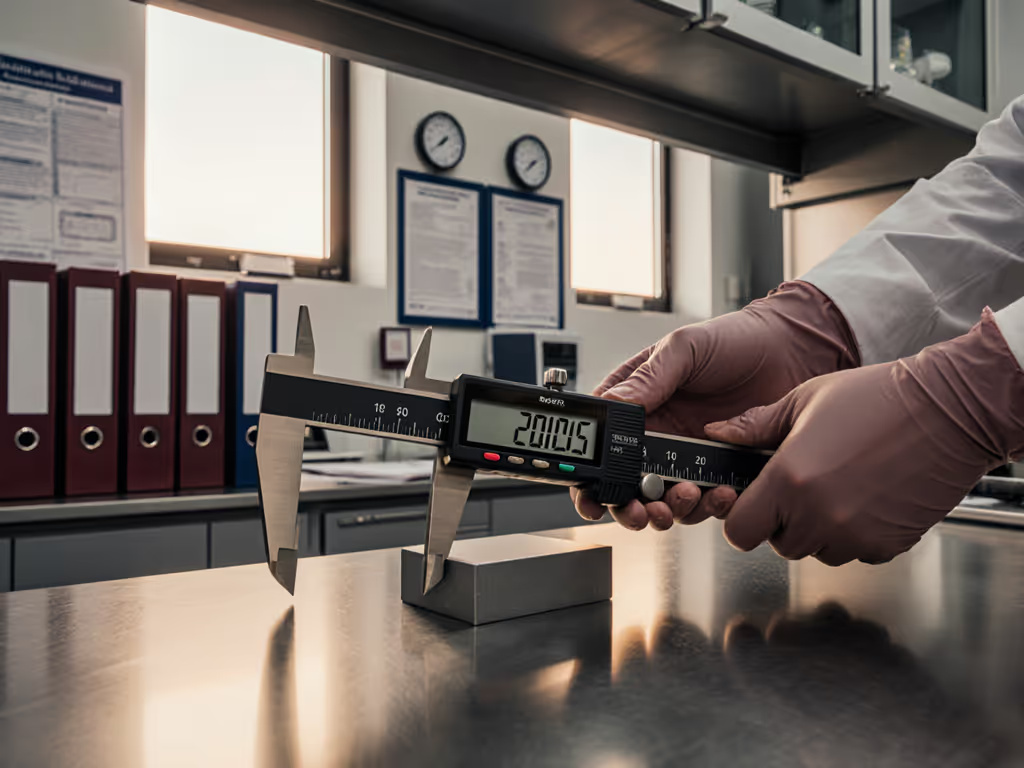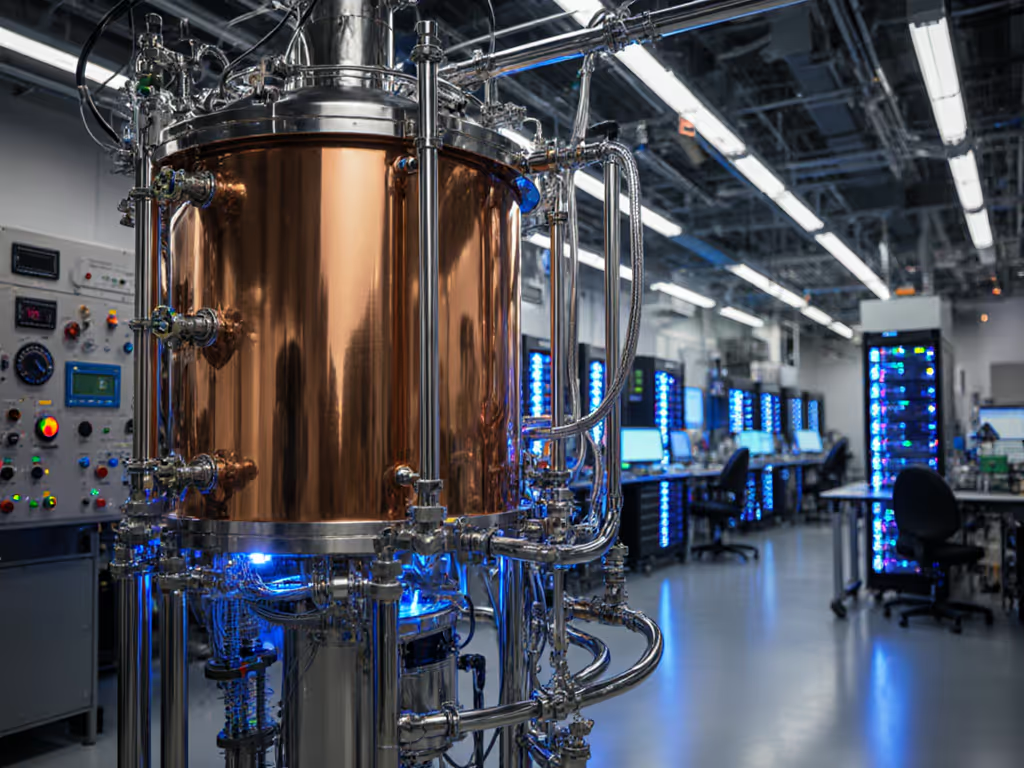
Micro Scale Measurement Precision for Miniature Parts
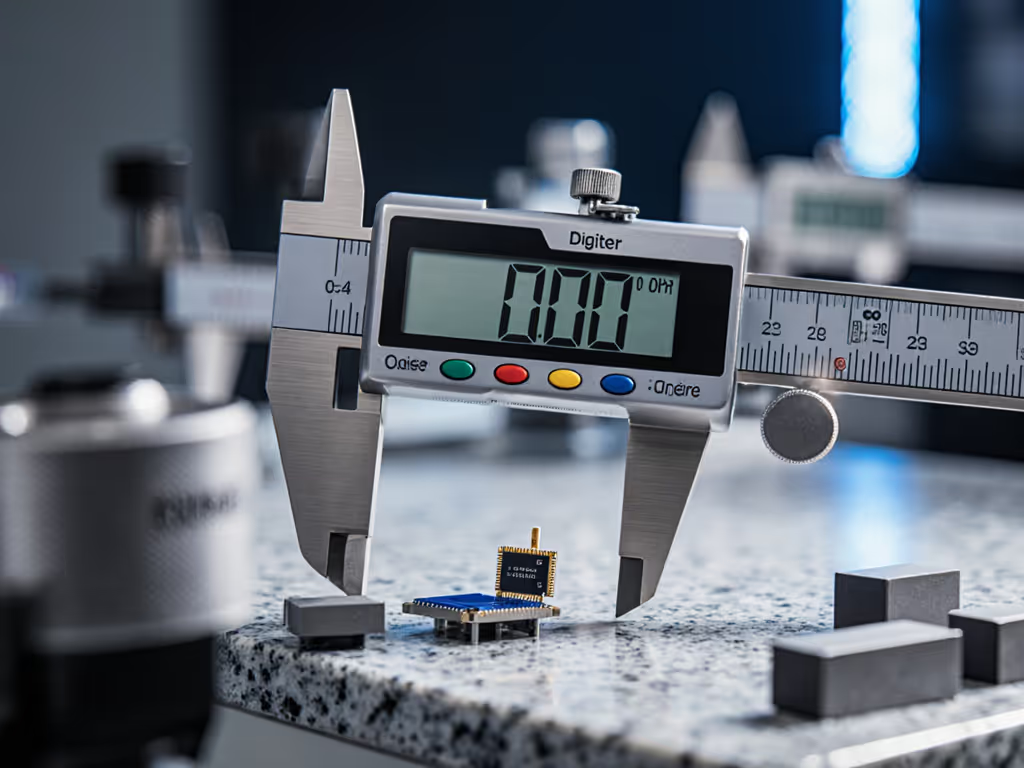
When working with micro scale measurement, the distinction between nominal capability and audit-ready validity becomes critical. True precision for miniature parts requires more than instrument specifications (it demands documented uncertainty budgets, environmental controls, and traceability chains that withstand compliance scrutiny). As someone who's navigated countless AS9100 and ISO/IEC 17025 audits, I've learned that traceability isn't just documentation, it's trust engineered into every measurement. If you're entering aerospace supply chains, see our AS9100-compliant metrology starter kit for practical tool choices and documentation tips. And it has to stand up under audit.
FAQ Deep Dive: Micro Scale Metrology for Audit Confidence
What's the most common misconception about resolution versus accuracy in micro measurement?
Manufacturing professionals often confuse resolution, the smallest increment an instrument displays, with actual accuracy. For a quick refresher on the difference, read Accuracy vs Precision with examples that apply to shop-floor decisions. A digital caliper showing 0.0001" resolution doesn't guarantee measurements at that precision level. In micro scale measurement, the critical metric is your Test Accuracy Ratio (TAR), which should maintain at least a 4:1 ratio between your tolerance band and the instrument's expanded uncertainty.
Consider this real-world example: When measuring a medical component with ±0.0005" tolerances, a tool with 0.0001" resolution but ±0.0003" uncertainty creates unacceptable risk. Learn how precision requirements change in regulated devices in our medical metrology guide covering ISO 13485 and FDA expectations. Always verify published specifications against your actual uncertainty budget. Document the TAR calculation for each critical dimension; this simple step resolves countless audit findings before they occur. It also clarifies capability for the team.
How do I establish appropriate environmental controls for precision for miniature parts?
Temperature stability is non-negotiable in micro measurement. A 1°C shift causes approximately 11.5μm/m expansion in steel (a catastrophic error when measuring miniature parts at micrometer tolerances). My audit experience confirms that environmental conditions documentation ranks among the top five nonconformities in metrology labs.
Implement these environmental controls:
- Maintain temperature within ±0.5°C of reference standard calibration temperature
- Allow 24-hour acclimation time for parts and instruments in the measurement environment
- Document air flow patterns to identify thermal gradients
- Control humidity below 50% to prevent micro-condensation on surfaces
I recall an auditor once requested the thermometer calibration behind our CMM room logs. When we produced the complete chain (from thermometer to reference standard to NMI), we observed an immediate shift in the audit's tone. Environmental monitoring isn't overhead; it's your first line of defense.
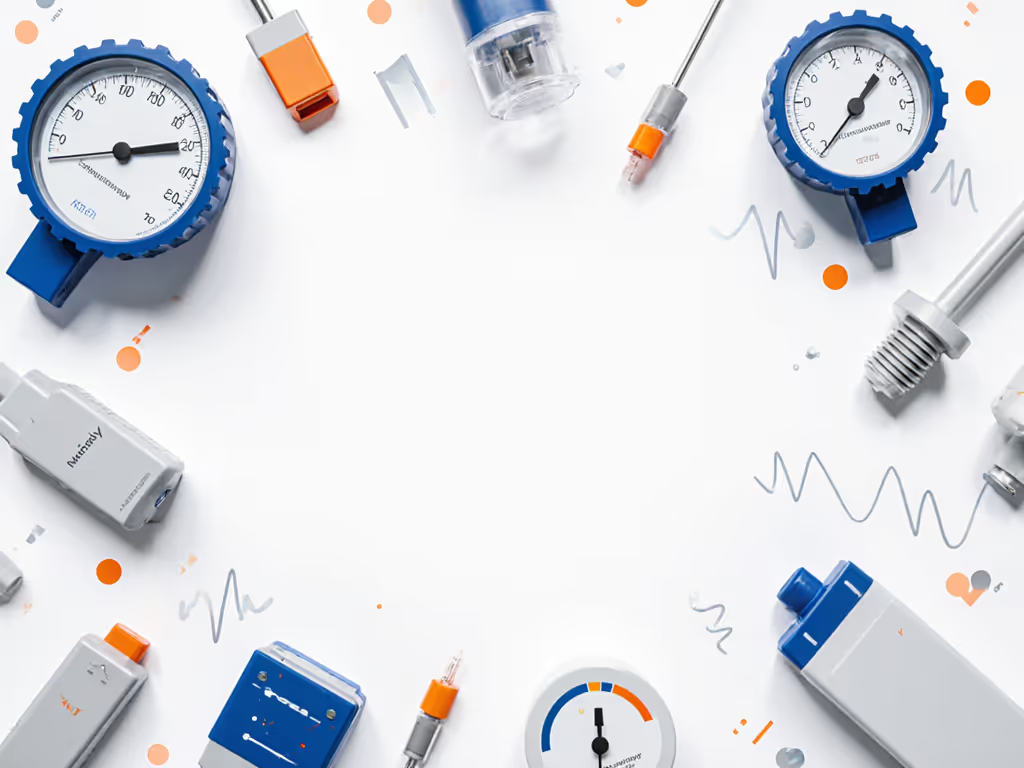
How should I construct an uncertainty budget for micro measurements?
Audit-ready uncertainty budgets require explicit accounting of all significant contributors. For miniature parts, your budget must include:
- Instrument uncertainty (calibration certificate values)
- Repeatability (from your GR&R studies)
- Temperature effects (material coefficient × temperature deviation)
- Fixturing errors (parallelism, clamping forces)
- Operator technique variation (Abbe error, cosine error)
- Environmental noise (vibration, air currents)
Most practitioners underestimate temperature effects, which become dominant at micro scales. For instance, a 40mm aluminum part measured at 23°C in a 20°C calibrated environment introduces 4.5μm error (enough to invalidate measurements on miniature aerospace components). Calculate each component using the root-sum-square method, and always document your assumptions. Remember: trace it, budget it, then trust it under audit. Consistency beats heroics here.
What technique errors most frequently compromise micro measurement validity?
Even with perfect equipment, technique errors sabotage micro scale measurement results. For deeper causes and fixes, review common measurement error types that quietly add scrap and calibration costs. The most prevalent issues I've documented in manufacturing environments include:
- Cosine error: Applying measurement force at non-perpendicular angles (common with indicator arms)
- Abbe error: Misalignment between measurement axis and part feature axis
- Probe pressure variation: Inconsistent force on delicate miniature parts
- Thermal handling: Transferring body heat to components during measurement
Train technicians to follow these protocol essentials:
- Use calibrated torque-limiting tools for contact measurements
- Allow parts to thermally stabilize before measurement
- Verify probe alignment with certified artifacts
- Implement consistent measurement sequencing
These techniques directly impact your MSA results; poor execution manifests as high reproducibility variation in GR&R studies. Document before you defend: maintain technique validation records showing operator proficiency on actual parts. Keep those records current.
How do optical comparators and microscope measurement techniques differ for miniature parts inspection?
Optical comparators project magnified part silhouettes against digital overlays, ideal for 2D profile verification of miniature components. They excel at detecting edge defects and profile deviations but struggle with stacked features. Microscope measurement techniques, particularly digital microscopes with calibrated reticles, provide direct 2D measurements with pixel-level accuracy (typically 1-5μm depending on magnification).
For true 3D micro measurement, consider these approaches:
- Confocal microscopy: For surface topography at nanometer resolution
- Laser scanning: For larger miniature assemblies with complex geometries
- CT scanning: For internal features (as noted in micro-molding applications where "a color-coded deviation plot shows exactly where and how the part deviates")
Each technology requires specific uncertainty evaluation; never assume spec-sheet resolution equals measurement capability. Mitutoyo's depth micrometers, for example, include ratchet stops that control probe force, directly addressing repeatability concerns in depth measurements of miniature features. This engineered solution exemplifies how proper tool selection addresses multiple uncertainty contributors simultaneously.
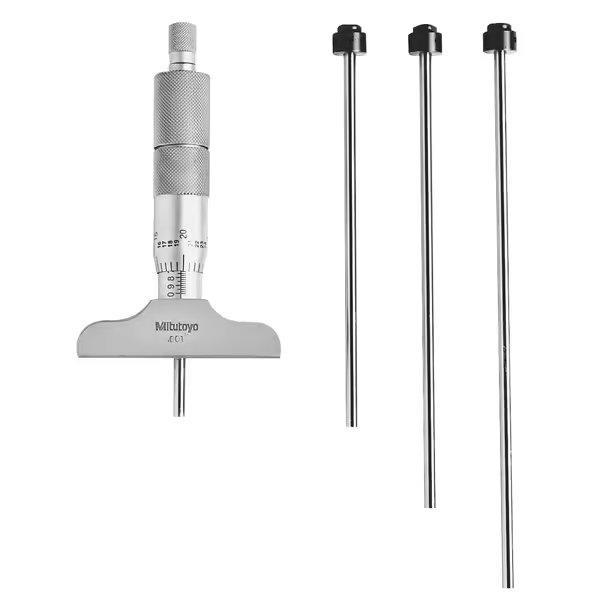
Mitutoyo 129-127 Depth Micrometer
Why do standard calibration intervals fail for micro measurement applications?
Many shops blindly follow manufacturer-recommended calibration intervals without considering application-specific stress factors. For micro scale measurement, these intervals must consider:
- Usage frequency and operator handling techniques
- Environmental stability during measurement cycles
- Material compatibility with measured parts (e.g., aluminum vs. carbide contact)
- Observed drift patterns from historical calibration data
My approach: Start with baseline calibration, then implement condition-based intervals using control chart analysis of check standards. To automate data capture and SPC in real time, consider wireless measurement tools with SPC integration. Document the rationale for each interval decision; auditors prefer evidence-based schedules over calendar-based defaults. Remember that skipping calibration intervals creates unacceptable risk; disciplined documentation creates audit confidence. Let the data set the cadence.
Ensuring Long-Term Measurement Integrity
Precision for miniature parts demands systems thinking (not just selecting instruments, but engineering the entire measurement process). When I evaluate micro measurement solutions, I prioritize tools with clear service histories, environmental specifications, and maintainable architectures. Whether using advanced nanometer measurement tools or basic optical comparators, the fundamental principle remains unchanged: traceability and uncertainty transparency create trust.
For further exploration, request detailed uncertainty budget templates from your calibration provider, study NIST SP 1220 for micro-metrology guidelines, and verify that your small part inspection protocols include documented environmental controls. These steps transform measurement from a compliance hurdle into a strategic capability (ensuring your miniature parts not only meet specifications but withstand the scrutiny of any audit).

